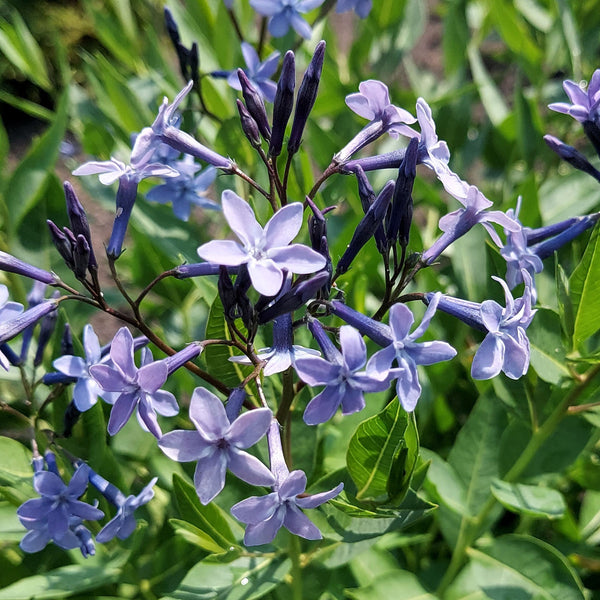Plant
Amsonia 'Blue Ice'
Amsonia tabernaemontana
A natural hybrid foundling, 'Blue Ice' has richer blue starry flowers that bloom from decorative navy blue buds, a more compact habit, and a longer bloom time than most. Bushy and vigorous, it is tolerant of many soil conditions and is low maintenance, with no pest or disease problems. The leaves turn flaming yellow in fall, combining beautifully with lavender blue asters.
SKU #P8002
Buy more and save!
| Minimum Qty | Discount |
|---|---|
| 3 + | $0.20 off each |
| 6 + | $0.45 off each |









































